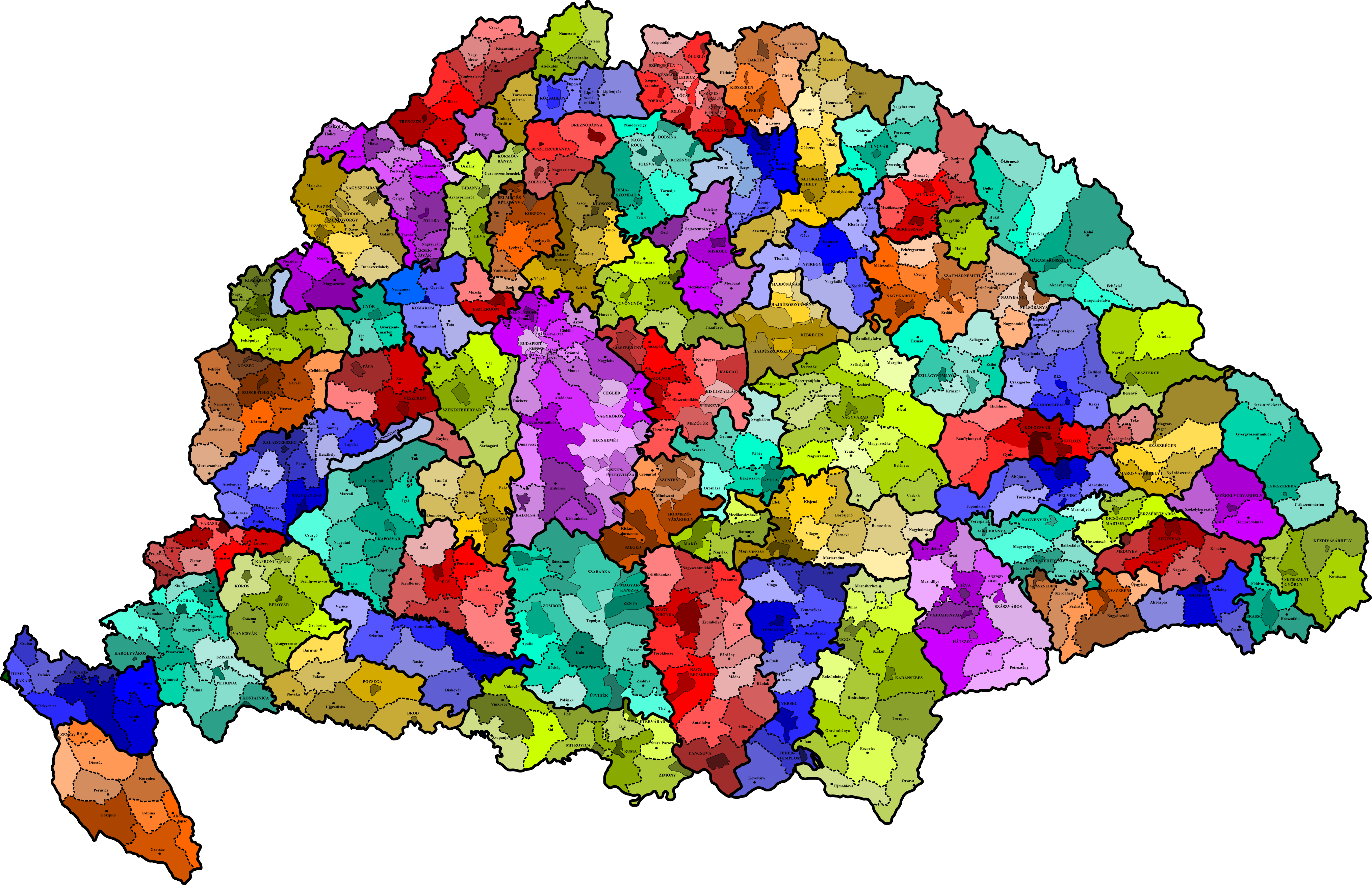I dont know why we are mentioning youtubers; when im trying to mention historical books as much as i can and due to wikipedia being based on historical books based on a variety of authors then i can say what mentions we have; again ; for reliable source im mentioning Authors from neighboor countries;Reasonably, I don't think Aromanians overshadowed anyone in the Balkans. It's as Ludi said. For most of their history the Aromanians were a minority who were gradually assimilated by either the Greeks, Bulgarians, Turks and when in the 19th century a big part of them moved to Romania, by Romanians.
But they did have their small moment in history: https://en.wikipedia.org/wiki/Great_Vlachia although by 1337 that period was long gone.
Be reasonable, what mentions we have on Albanians in the region? I'm not that familiar with the region, and clearly the Albanians didn't just spawn, but I believe this is again one of those cases where the region is not very accurately documented and of course with a lot of competing claims.
There is evidence to support the presence of Albanian-speaking populations in southern Albania, in the region around Devoll (modern-day Korça, Bilisht, Pogradec).
-Greek sources like Anna Komnena mention "Albanoi" as active in the Byzantine political sphere. - This shows that Albanians were known in the region, and the term “Albanoi” refers to the ancestors of today’s Albanians.
Regarding the language continuety;
The place names in southern Albania, including Devoll, point to a long standing Albanian or Illyrian presence. The continuity of place names (which are often linked to Albanian language and culture) supports the idea of a stable, Albanian settlement in the region.
The Vlachs were present in the region, but they were a minority and often assimilated into the larger Albanian-speaking population. It’s important to remember that during this period, the majority of the population in southern Albania was Albanian-speaking, and the Vlachs were scattered and not a dominant force in the region...
Furthermore;
In the medieval period, especially during times of political instability, many regions lacked detailed documentation like you require, and the balkans was indeed the place of political instability. However, the presence of Albanian-speaking communities is reflected in "place names" and the political influence of Albanians in Byzantine and later "Ottoman records."
There is enough evidence to suggest that Albanian-speaking populations existed in southern Albania, including the Devoll region, during the 1300-1400 period. The focus on Vlachs does not overshadow the historical Albanian presence in the area.
In additon to that we have Archaelogical studies wich will be included in this book made possible in english for you: https://www.bashkiadevoll.gov.al/wp...12/Guida-Arkeologjike-e-Devollit-Anglisht.pdf
- I am also including a picture to create and idea of the region around Devoll, (modern-day Korça, Bilisht, Pogradec).
Attachments
Last edited:
- 5



